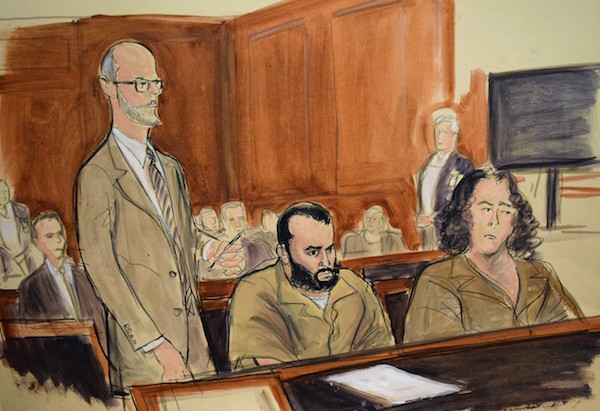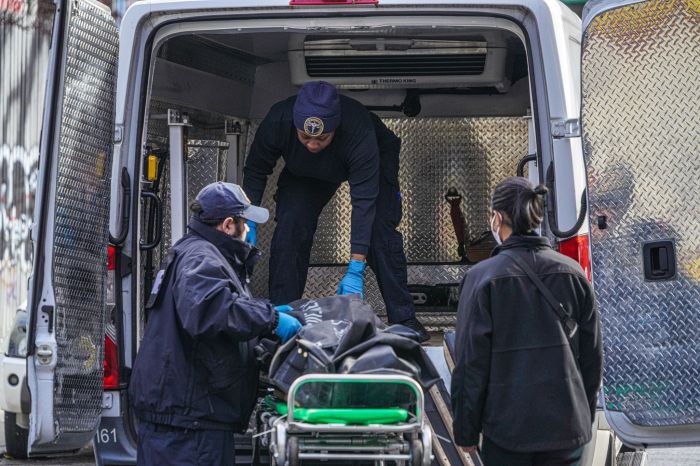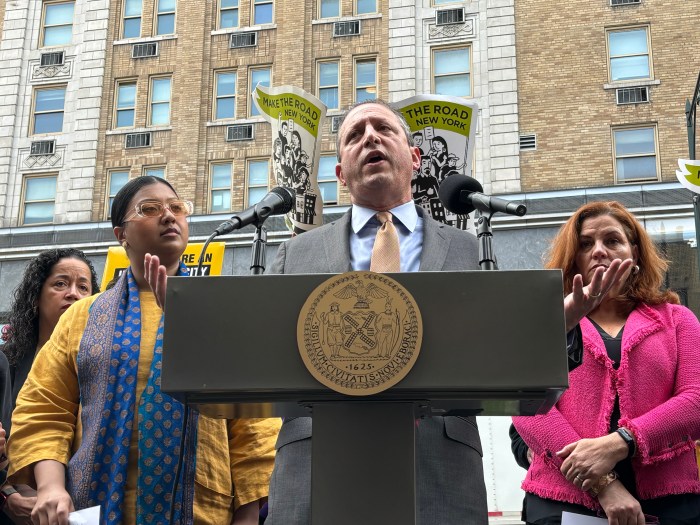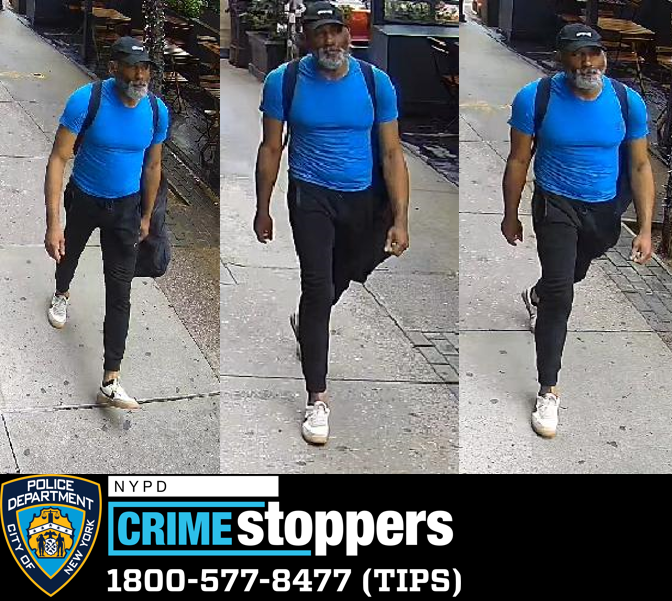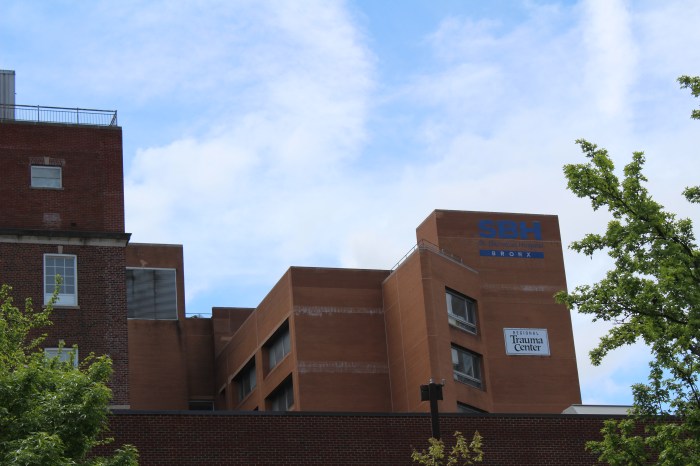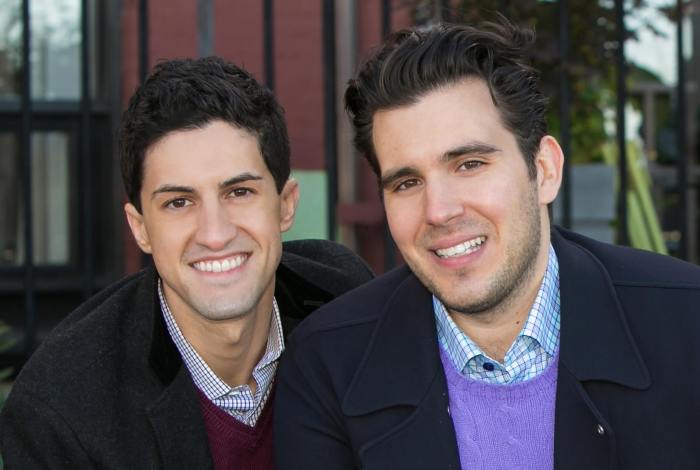
BY SEAN EGAN | It has been almost a year since the bombing incident that shook Chelsea, injuring dozens and wreaking havoc on a number of local businesses. While the neighborhood has gotten back on its feet since, the anniversary serves as an opportunity to reflect on the terror attack that rocked Chelsea, and take stock of the long-term aftermath of that incident.
The bombing occurred at around 8:30 p.m. on Sept. 17, 2016, on W. 23rd St. (btw. Sixth & Seventh Aves.). A Saturday night, the street was relatively busy when the bomb exploded from within a dumpster between the King David Gallery (131 W. 23rd St.) and the Selis Manor affordable housing center for the blind and visually impaired (135 W. 23rd St.). The blast injured 31 people and caused significant damage to surrounding buildings. A short distance away on W. 27th St., another bomb (constructed of a pressure cooker, wires, and a cellphone) was discovered on the block between Sixth and Seventh Aves. However, this bomb did not detonate, after two Egyptian tourists with no connection to the incident removed the bomb from the travel bag it was hidden in, took the bag, and left; through sheer luck their jostling likely prevented it from exploding.
These Chelsea incidents were not the only bomb-related happenings to occur on Sept. 17: At around 9:30 a.m. a pipe bomb hidden in a garbage can near the starting line of a Marine Corps 5K detonated. Luckily, the race was delayed, and no one was around when the bomb went off. The next day, Sept. 18, a backpack containing five similarly constructed pipe bombs was found in a trashcan at an NJ Transit station in Elizabeth, NJ; these too did not explode before being disarmed. All three incidents were quickly determined to be connected.
Thankfully, the authorities made short work of identifying and apprehending the prime suspect in these connected terror attacks. By Mon., Sept. 19, 2016, the FBI identified then-28-year-old Ahmad Khan Rahimi (first referred to as “Rahami” by law enforcement and media) — an American citizen of Afghan descent who settled in New Jersey as a child — as the likely culprit, and released his picture to the media. Furthermore the Wireless Emergency Alert System was employed, sending out the character-limited message, “WANTED: Ahmad Khan Rahami, 28-yr-old male. See media for pic. Call 9-1-1 if seen” to millions of area phones. This measure later drew criticism from the public and politicians such as Senator Chuck Schumer for essentially prompting people to independently search for Rahimi’s photo, and potentially provoking dangerous anti-Muslim sentiment.
Soon thereafter a man in Linden, NJ spotted Rahimi sleeping in a doorway of a bar. The authorities were called and following a dramatic shootout — which left both Rahimi and an officer wounded — the suspect was taken into custody. Soon, his troubling Internet history came to light, as did a handwritten journal containing jihadist missives; this has led most officials to conclude that Rahimi (believed to have worked alone) became radicalized over the past few years, and carried out the bombings for related reasons.
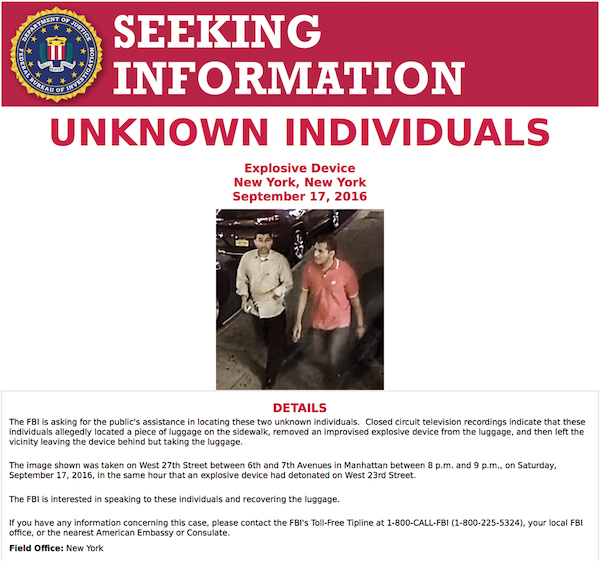
Meanwhile, the neighborhood made quick work of bouncing back from the attack. Thankfully, none of those affected by the attack were injured seriously, and all were discharged soon after the explosion. Both state and local entities and officials also helped provide services and funds to get afflicted businesses back in shape after the explosion.
On the legislative end of things, the bombing also led directly to measures that would help prevent other such incidents. Later in 2016, the Federal Communication Commission voted to update the Wireless Emergency Alert System to include links to pictures and phone numbers, after its shortcomings were highlighted during the manhunt. Later on, in June 2017, the New York State Assembly passed a bill putting restrictions on the sale of ammonium nitrate and aluminum powder, two chemicals sold separately, which are combined to form explosives similar to the ones Rahimi allegedly employed. The bill has not yet been voted on by the Senate, though Chelsea’s own Senator Brad Hoylman has commented, “I think it’s a good bill and I would strongly support it.” Similarly, in Sept. 2017, New Jersey state legislators announced that they would introduce a bill allowing law enforcement to freeze the financial assets of suspected terrorists; Rahimi’s alleged attacks were cited as an impetus for the measure.
Following a flurry of activity over the first few weeks of the aftermath, Rahimi’s trial has progressed relatively slowly and quietly. In New York, the suspect was indicted on eight federal terrorism charges, including using a weapon of mass destruction, bombing a place of public use, and destroying property by means of fire or explosive. He was also charged on seven counts in New Jersey, including attempted murder, resulting from his shootout in Linden. At his arraignments in both states (in Nov. and Dec. 2016), Rahimi pled “not guilty.”
Developments since have largely concerned Rahimi and his team of lawyers preparing by attempting to foster more beneficial conditions for his trials. In April 2017, for instance, Rahimi and his team made an unsuccessful attempt to get his trial moved from Manhattan to Vermont. In May, they filed a motion to dismiss certain evidence, including statements that he made while hospitalized post-shootout and hair samples collected by an FBI agent while hospitalized. Additionally, in Aug. 2017, a federal judge asserted that the Manhattan jury would not hear about anything relating to the shootout culminating in Rahimi’s arrest in New Jersey. Nonetheless, Rahimi’s trial is currently scheduled to begin in Manhattan in earnest in October. Chelsea Now will follow this story as it develops.
